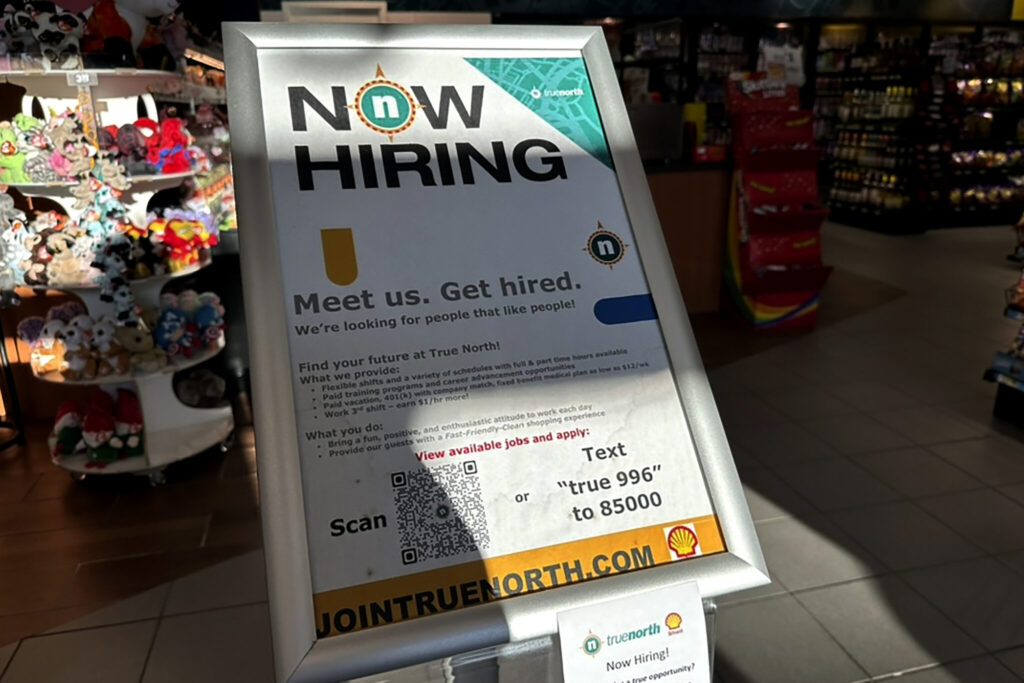Fewer Americans filed for jobless claims last week as the labor market continues to show resilience in the face of elevated interest rates intended to cool economic growth in the U.S. Applications for unemployment benefits fell by 8,000 to 212,000 for the week ending Feb. 10, the Labor Department reported Thursday. The four-week average of claims, which quiets some of the week-to-week noise, rose by 5,750 to 218,500, up from 212,750 the previous week.
Quick Read
- Jobless Claims Drop: Last week saw a decrease in unemployment benefit applications, with 212,000 Americans filing, reflecting the labor market’s durability.
- Four-Week Average Rises: The less volatile four-week average of claims increased to 218,500, indicating slight fluctuations in layoff rates.
- Labor Market Stability: Despite the Federal Reserve’s aggressive interest rate hikes to combat inflation, unemployment claims remain low, showcasing labor market strength.
- Fed’s Rate Hikes: The Fed’s 11 rate increases since March 2022 aimed at reducing inflation have not significantly dampened the robust job market.
- Inflation and Interest Rates: Consumer price inflation continues to exceed the Fed’s 2% target, even as the Fed has paused rate hikes in recent meetings.
- Economic Resilience: Contrary to recession forecasts, the U.S. economy has shown resilience with significant job additions and low unemployment rates.
- Recent Job Cuts: Notable layoffs in technology, media, and other sectors have occurred, with companies like Google, eBay, and Cisco Systems reducing their workforce.
- Unemployment Benefits Recipients: The total number of Americans receiving jobless benefits rose to 1.9 million, the highest since November.
The Associated Press has the story:
US applications for jobless benefits fall as labor market continues to show resilience
Newslooks- (AP)
Fewer Americans filed for jobless claims last week as the labor market continues to show resilience in the face of elevated interest rates intended to cool economic growth in the U.S.
Applications for unemployment benefits fell by 8,000 to 212,000 for the week ending Feb. 10, the Labor Department reported Thursday.
The four-week average of claims, which quiets some of the week-to-week noise, rose by 5,750 to 218,500, up from 212,750 the previous week.
Weekly unemployment claims are seen as a proxy for the number of U.S. layoffs in a given week. They have remained at extraordinarily low levels despite efforts by the U.S. Federal Reserve to cool the economy.
The Federal Reserve raised its benchmark rate 11 times beginning in March of 2022 in an effort to bring down the four-decade high inflation that took hold after the economy roared back from the COVID-19 recession of 2020.
Though inflation has eased considerably in the past year, the Labor Department reported earlier this week that consumer prices remain well above the Fed’s 2% target.
The Fed has left rates unchanged at its last four meetings.
As the Fed rapidly jacked up rates in 2022, most analysts predicted that the U.S. economy was bound for a recession. But the economy and the job market remained surprisingly resilient.
U.S. employers delivered a stunning burst of hiring to begin 2024, adding 353,000 jobs in January in the latest sign of the economy’s continuing ability to shrug off the highest interest rates in two decades.
Last month’s job gain — roughly twice what economists had predicted — topped the December gain of 333,000, a figure that was revised sharply higher. The unemployment rate stayed at 3.7%, and has been below 4% for 24 straight months — two full years — the longest such streak since the 1960s.
Though layoffs remain at low levels, there has been an uptick in job cuts recently across technology and media. Google parent company Alphabet, eBay, TikTok, Snap and the Los Angeles Times have all recently announced layoffs. On Wednesday, Cisco Systems announced it was cutting 4,000 jobs.
Outside of tech and media, UPS, Macy’s and Levi’s also recently cut jobs.
In total, 1.9 million Americans were collecting jobless benefits during the week that ended Feb. 3, an increase of 30,000 from the previous week and the most since November.







